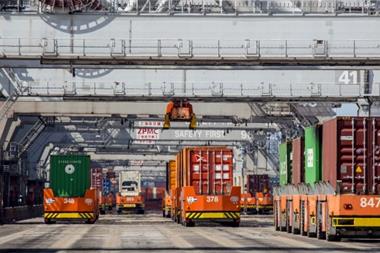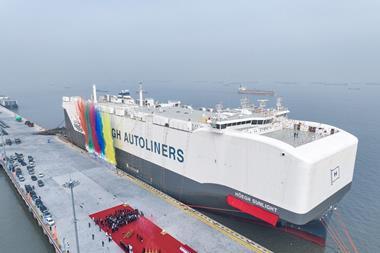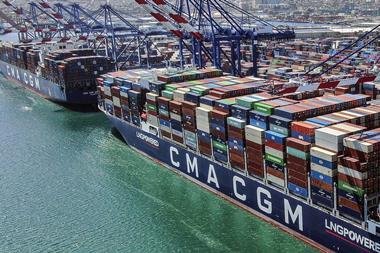 Carmakers may not be able to avoid long shipping legs but they can reduce dwell time at ports through better planning across the supply chain.
Carmakers may not be able to avoid long shipping legs but they can reduce dwell time at ports through better planning across the supply chain.
The timely and efficient rescheduling of labour at port-based vehicle processing centres (VPCs) and the prioritization of units is one of the main drivers towards a better-run supply chain, according to Christian Fuss, vice president, head of supply chain management at Wallenius Willhelmsen Logistics (pictured).
"We need to start scheduling with units: if a vessel arrives a day earlier, we want the port to reschedule the labour, thus avoiding costs,” he said at this year's Automotive Logistics conference in Bonn. “This kind of planning across the supply chain can be improved upon."
Fuss maintained that port storage costs can be avoided, particularly if the time spent at ports could be managed better in view of all transport requirements, including damage repair. “We could make better use of these dwell times for repairs on damaged vehicles, which would save a great deal of time,” he said.
When waiting at ports to be shipped to their various destinations, or even once on the water, Fuss added that carmakers could make better use of the shipping process as “a floating warehouse”. Dealers could sell cars from the vessel and, knowing what was coming, could apply discounts on sales to the end customer with the knowledge that "the perfect car" was on its way to them.
He pointed to a WWL study that found that around 50% of vehicles moving in the supply chain become confirmed orders during the transport leg or while at ports; being able to reallocate vehicles waiting at the port of loading or even on the water could help decrease the costs on the final delivery leg by changing destinations.



































